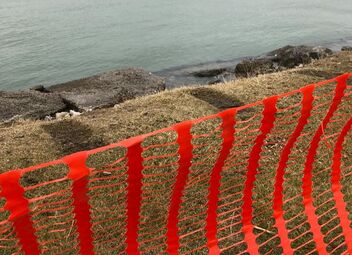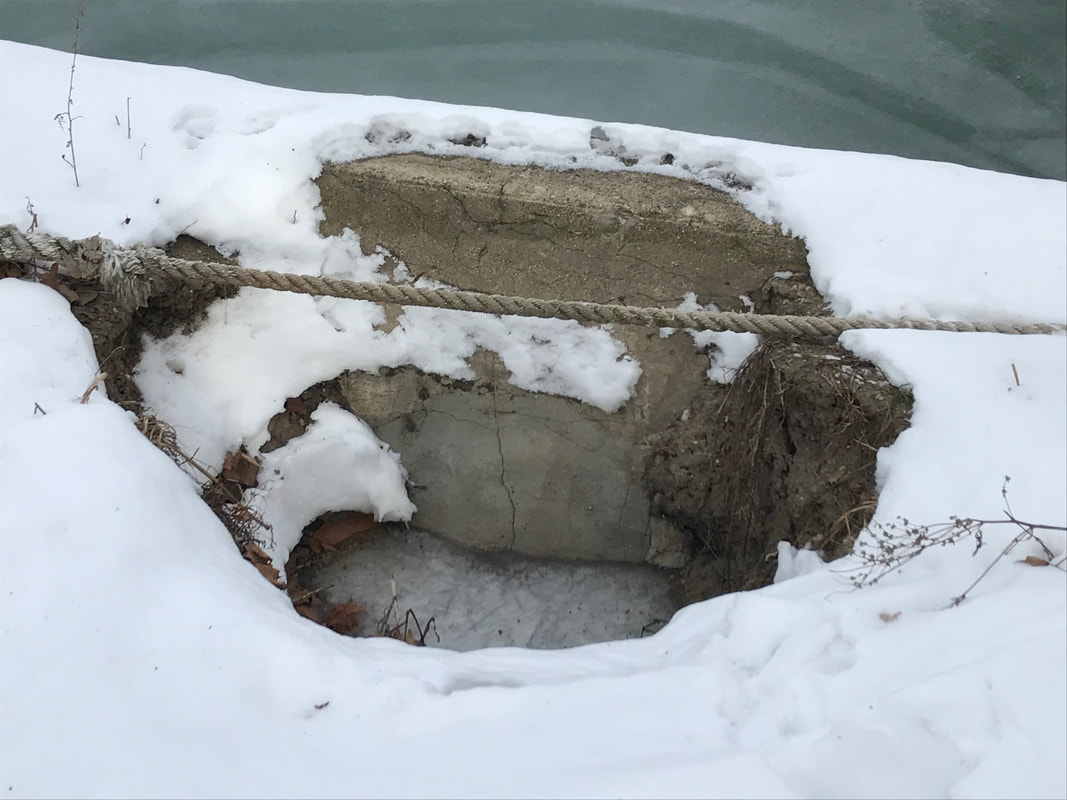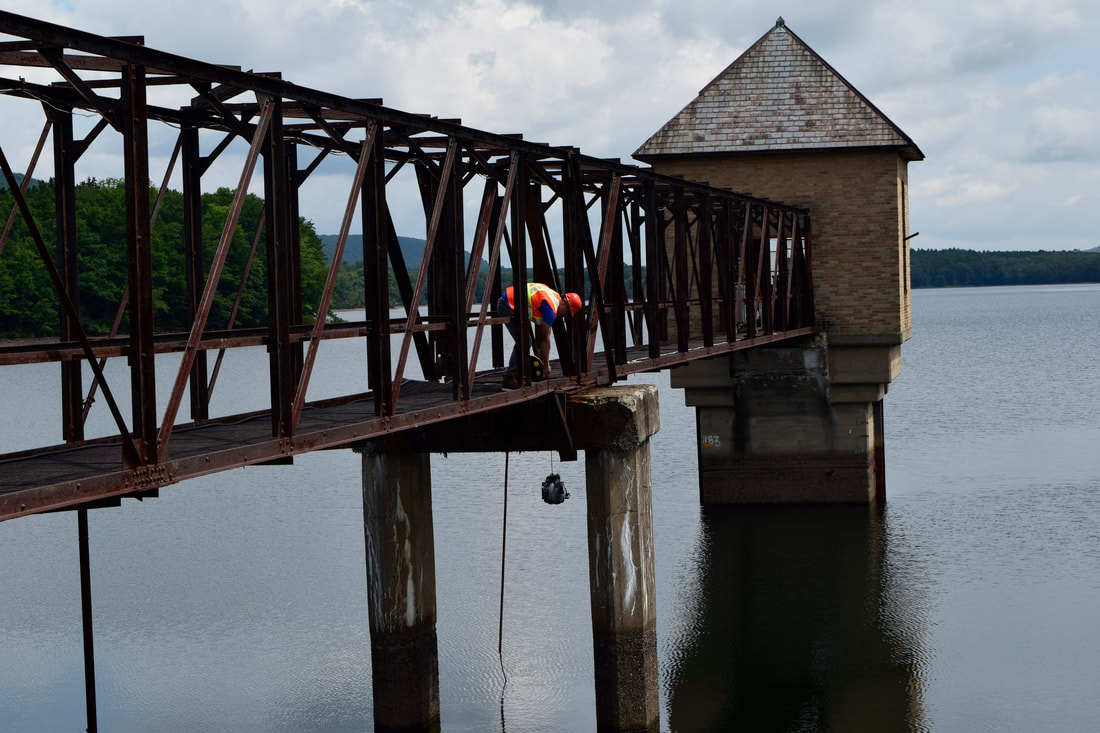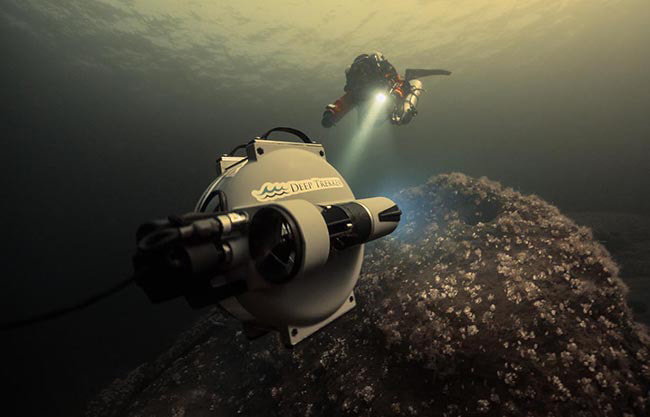The Mound Road corridor famously supported tank manufacturing (the “Arsenal of Democracy”) during World War II and has since evolved into a major hub for national automotive, defense, aerospace, and advanced manufacturing industries. Recognizing its economic importance, the U.S. Department of Transportation has issued an INFRA (Infrastructure For Rebuilding America) grant for its reconstruction of the nine-mile segment north of Interstate 696. The design-build project, led by HNTB, will not only repair aging pavement but also modernize the route. It is anticipated to include intelligent sensors and signals; pedestrian, cycling, and transit facilities; roadway widening and traffic flow improvements; as well as landscaping, lighting, and beautification.
Uniquely, it will also incorporate recommendations from an ‘Innovation Council’ of mobility experts to ensure that emerging autonomous and connected vehicle technologies are considered—and proactively planned for—during design. In a recent article for Driven, Macomb County Department of Roads planning director John Crumm explained, "The overall goal of the project is to access the technologies that are there right now, that are low-hanging, but planning flexibly enough and far enough ahead that when we get to fully autonomous vehicles, that corridor can be converted over at minimal cost."
Mound Road currently carries more than 70,000 vehicles daily including more than 47,000 commuting employees as well as trucks supplying ‘just-in-time’ freight deliveries to manufacturing plants. NTH is serving on behalf of the Macomb County Department of Roads preliminary engineering team to collect and depict subsurface utility information along this very busy route. NTH’s investigative capabilities include state-of-the-art geophysical prospecting and non-destructive vacuum excavation techniques. The data will be used to reduce areas of potential utility conflict in advance of the final design, ultimately reducing costs as well as construction impacts to local businesses and residents.
Visit Innovate Mound for more about this project, and learn more about NTH’s Transportation market and Subsurface Utility Engineering (SUE) services on our website.






 RSS Feed
RSS Feed